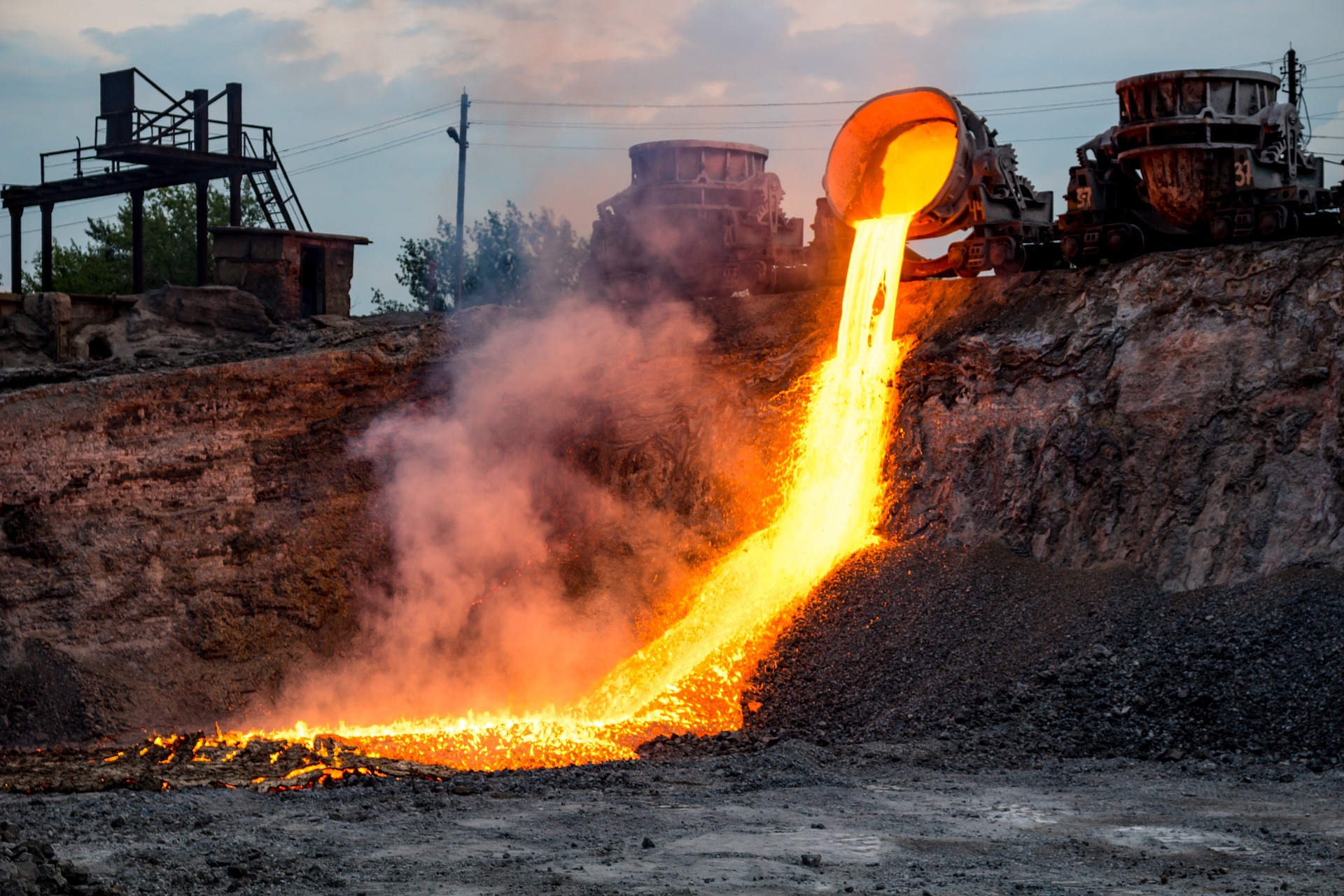
Tropical cyclones are enormous spinning storms that originate over warm tropical oceans and are also referred to as hurricanes or typhoons. The South China Sea, the Bay of Bengal, and the Gulf of Mexico are among the areas of the world that experience these storms most frequently. These areas are more vulnerable to tropical cyclones for a number of reasons, including:
- Warm ocean water is necessary for tropical storm formation and intensification. Warm sea surface temperatures in the South China Sea, Bay of Bengal, and Gulf of Mexico offer the required fuel for tropical cyclone development.
- Large amounts of Warm Water: Tropical cyclones can develop and intensify in the South China Sea, the Bay of Bengal, and the Gulf of Mexico, which are all substantial amounts of warm water. Additionally, the land masses that surround these regions can serve as a barrier, trap the heat, and warm the water even more.
- Atmospheric Conditions: Tropical cyclones require specific atmospheric conditions to form and intensify. These conditions include low wind shear, high humidity, and a large supply of warm moist air. The South China Sea, Bay of Bengal, and Gulf of Mexico have a favorable atmospheric environment for tropical cyclone formation.
- Geographical Location: The South China Sea, Bay of Bengal, and Gulf of Mexico are all located in regions where the prevailing winds and ocean currents are favorable for the formation and intensification of tropical cyclones.
- Seasonal Patterns: The South China Sea, Bay of Bengal, and Gulf of Mexico are all located in regions where the seasonal patterns of wind and ocean currents are favorable for tropical cyclones. For example, in the Bay of Bengal, tropical cyclones are most common between April and December, during the monsoon season.
In conclusion, the South China Sea, Bay of Bengal, and Gulf of Mexico are more prone to tropical cyclones due to their warm sea surface temperatures, large bodies of warm water, favorable atmospheric conditions, geographical location, and seasonal patterns. However, it’s important to note that tropical cyclones can form in other regions of the world as well, depending on the specific weather and oceanic conditions.
Hindi Answer
उष्णकटिबंधीय चक्रवात मुख्य रूप से दक्षिण चीन सागर, बंगाल की खाड़ी और मैक्सिको की खाड़ी तक ही सीमित हैं। क्यों?
उष्णकटिबंधीय चक्रवात विशाल घूमने वाले तूफान हैं जो गर्म उष्णकटिबंधीय महासागरों से उत्पन्न होते हैं और इन्हें हरिकेन या टाइफून भी कहा जाता है। दक्षिण चीन सागर, बंगाल की खाड़ी और मैक्सिको की खाड़ी दुनिया के उन क्षेत्रों में से हैं जो इन तूफानों का सबसे अधिक अनुभव करते हैं। ये क्षेत्र कई कारणों से उष्णकटिबंधीय चक्रवातों के प्रति अधिक सुभेद्य हैं, जिनमें शामिल हैं:
- उष्ण कटिबंधीय तूफानों के निर्माण और तीव्रता के लिए समुद्र का गर्म पानी आवश्यक है। दक्षिण चीन सागर, बंगाल की खाड़ी और मैक्सिको की खाड़ी में समुद्र की सतह का गर्म तापमान उष्णकटिबंधीय चक्रवात के विकास के लिए आवश्यक ईंधन प्रदान करता है।
- बड़ी मात्रा में गर्म पानी: उष्णकटिबंधीय चक्रवात दक्षिण चीन सागर, बंगाल की खाड़ी और मैक्सिको की खाड़ी में विकसित और तीव्र हो सकते हैं, जो गर्म पानी की पर्याप्त मात्रा हैं। इसके अतिरिक्त, इन क्षेत्रों को घेरने वाली भूमि एक बाधा के रूप में काम कर सकती है, गर्मी को रोक सकती है और पानी को और भी अधिक गर्म कर सकती है।
- वायुमंडलीय स्थितियां: उष्णकटिबंधीय चक्रवातों को बनने और तीव्र होने के लिए विशिष्ट वायुमंडलीय स्थितियों की आवश्यकता होती है। इन स्थितियों में कम पवन कतरनी, उच्च आर्द्रता और गर्म नम हवा की बड़ी आपूर्ति शामिल है। दक्षिण चीन सागर, बंगाल की खाड़ी और मैक्सिको की खाड़ी में उष्णकटिबंधीय चक्रवात निर्माण के लिए अनुकूल वायुमंडलीय वातावरण है।
- भौगोलिक स्थिति: दक्षिण चीन सागर, बंगाल की खाड़ी और मैक्सिको की खाड़ी सभी उन क्षेत्रों में स्थित हैं जहां प्रचलित हवाएं और महासागरीय धाराएं उष्णकटिबंधीय चक्रवातों के निर्माण और तीव्रता के लिए अनुकूल हैं।
- मौसमी पैटर्न: दक्षिण चीन सागर, बंगाल की खाड़ी और मैक्सिको की खाड़ी सभी उन क्षेत्रों में स्थित हैं जहां हवा और समुद्री धाराओं के मौसमी पैटर्न उष्णकटिबंधीय चक्रवातों के लिए अनुकूल हैं। उदाहरण के लिए, बंगाल की खाड़ी में, मानसून के मौसम में अप्रैल और दिसंबर के बीच उष्णकटिबंधीय चक्रवात सबसे आम हैं।
अंत में, दक्षिण चीन सागर, बंगाल की खाड़ी, और मैक्सिको की खाड़ी अपने गर्म समुद्र की सतह के तापमान, गर्म पानी के बड़े शरीर, अनुकूल वायुमंडलीय परिस्थितियों, भौगोलिक स्थिति और मौसमी पैटर्न के कारण उष्णकटिबंधीय चक्रवातों के प्रति अधिक संवेदनशील हैं। हालांकि, यह ध्यान रखना महत्वपूर्ण है कि विशिष्ट मौसम और समुद्री स्थितियों के आधार पर उष्णकटिबंधीय चक्रवात दुनिया के अन्य क्षेत्रों में भी बन सकते हैं।


